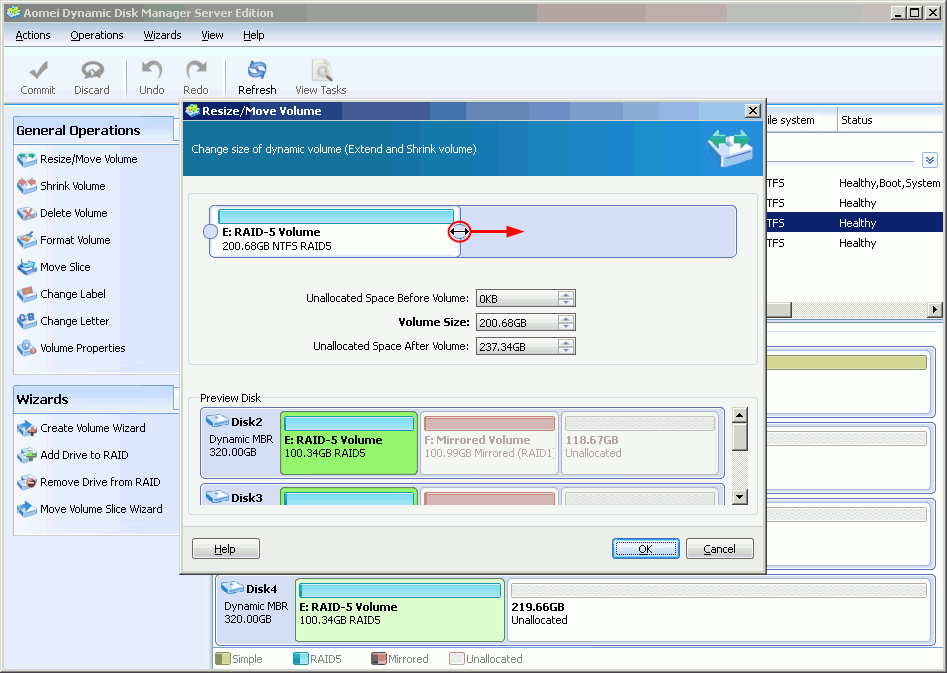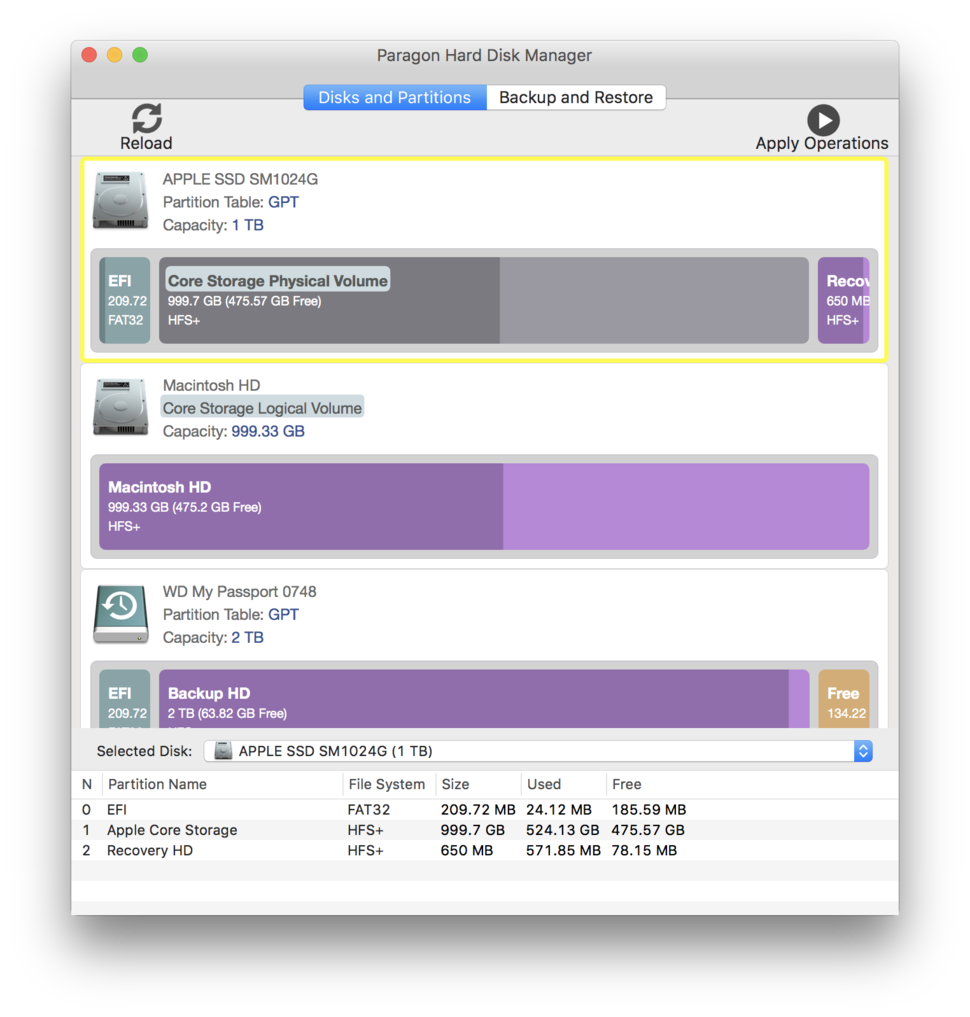

Was it local by some custom application you wrote for QTS ? or is ti done via CIF/SMB or NFS or iSCSI. What we do not know disk model and was them all the same. What we know what NAS did you use, we know how old disks are. When you make test it is important to declare what HW was it test, what NAS, what DRIVES and how did you take metric That test is extremely interresting as there you can see how improving CPU performance gradually make the RAID 6 parity calculations less of a bottleneck. I would be happy to have a discussion about the results and maybe we can even eventually theoretically explain our findings?īy the way, I'm not the only and more importantly I wasn't the first one to test write RAID performance in here. I can't theoretically explain the results but in my world actual testing is superior to internet "truths", even if I can't explain why I see the results.Ĭall me a liar but then I'll challenge you to do your own testing (if you do, you will probably be the first RAID 10 fan here ready to question your "truths"). You can call that a "claim" if you want but to me it felt more like facts when I did the tests.

I did a test with a single threaded sequentional write (within the system so networking or client bottlenecks are non-existant).

and some on claim that raid6, with double prity and all reading, recalculating, writing then writing of actual data is faster then RAID10 ?!Hello, that someone is me. Īnd yes, some system can do RAID10 expansion. is goes against the all i knew about RAID until this moment. Īnd some on claim that raid6, with double prity and all reading, recalculating, writing then writing of actual data is faster then RAID10 ?! so we should have SINGLE DEVICE SPEED * 10x2. so the speed is less then SINGLE DEVICE WRITE SPEED * number of disk in raid0. yes i do understand that when device get SATA command to write that they need to READ BLOCK, pun new smallblock on larger block then write it down. When you write data that WRITE is done by ALL DEVICE. and in RAID0 all data is all over the RAID. that is MIRROR in background to another RAID0. įrom all i know, RAID10 is like having RAID0. If you have all flash system, let say SSD SATAIII write/read speed is limited by interface. ``RAID 6 writes faster than RAID 10 (from 6 disks and up with a decent CPU)``. Since it's the same disk in all tests, it's the comparison between RAID 6 and RAID 10 with the same number of disks that's interesting.įirst I want to apologize for resurrecting this topic but i can not wrap my mind around this. The disks are very old (+9 years) and slow so don't focus on the relatively low figures.

It's a sequential write directly to the volume from within the NAS itself to make sure it's the storage we're testing and that the network doesn't affect the numbers.Ĥ disks in raid-6 237.71 MB/s 229.19 MB/sĥ disks in raid-6 339.16 MB/s 324.55 MB/sĦ disks in raid-6 437.33 MB/s 422.79 MB/sħ disks in raid-6 525.60 MB/s 495.07 MB/sĨ disks in raid-6 606.99 MB/s 589.82 MB/sĤ disks in raid-10 247.34 MB/s 245.06 MB/sĦ disks in raid-10 362.25 MB/s 356.38 MB/sĨ disks in raid-10 478.31 MB/s 472.27 MB/s This is an example with a Qnap TS-1277 showing the best and worse result from 5 tests. I'd say that given a good CPU (as exist in the majority of NAS models today) RAID 6 actually writes faster than RAID 10 from 6 disks and up. Do you have any testing on a modern Qnap to back that bold statement up? RAID 10 writes three times faster than RAID 6.That may have been true in NASes 10 years ago but I'm pretty sure it isn't today. Depending on the specific usage, performance may also improve with a switch to RAID 6. With RAID 6, disks don't have to be added in pairs but could be added one at a time for greater flexibility. That would give you better reliability and the possibility to do future storage expansion by adding disks. The better option would be to take this opportunity to switch from RAID 10 to RAID 6. If using storage pools you could add the two additional disks as a RAID 1 group to the pool but it would be more of a workaround than a tecnically nice solution. You must create additional RAID groups to expand these storage pools. From the manual: Note: New disks cannot be inserted into existing RAID groups for specific RAID types, such as, RAID 0, RAID 10, Single, or JBOD. was wondering could i expand an existing raid 10 (4 x 6tb) for additional storage without affecting the existing data by installing an additional 2 x 6tb?No, that's one of the disadvantages for RAID 10 compared to RAID 5 and RAID 6.


 0 kommentar(er)
0 kommentar(er)
